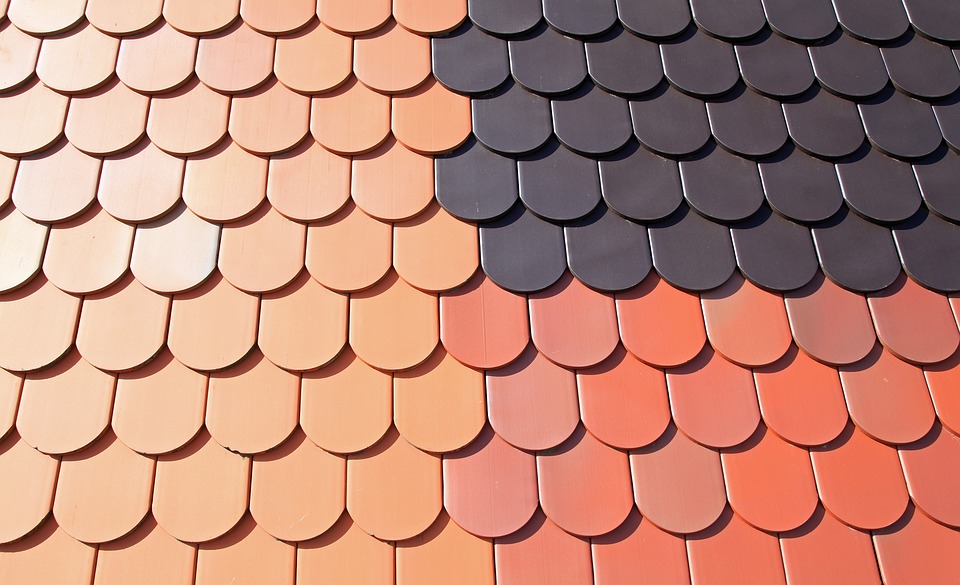The Ultimate Guide to Roof Maintenance: How to Keep Your Roof in Top Shape
Introduction
Roof maintenance plays a crucial role in preserving the integrity and longevity of your home. Neglecting regular roof maintenance can lead to costly repairs and even compromise the safety of your property. In this ultimate guide, we will explore the essential steps you need to take to keep your roof in top shape.
1. Regular Inspections
One of the first steps to maintaining a healthy roof is conducting regular inspections. Inspect your roof at least twice a year, preferably in spring and fall, to identify any signs of damage or wear. Look out for cracked, missing, or curling shingles, as well as loose or damaged flashing. Addressing these issues early on can prevent further damage and extend the lifespan of your roof.
2. Clean Gutters
Gutters play a vital role in channeling water away from your roof and home. Clogged or damaged gutters can lead to water accumulation on your roof, causing leaks and potential structural damage. Regularly clean your gutters and downspouts to remove leaves, debris, and any other obstructions. Consider installing gutter guards to prevent clogging and reduce the frequency of cleaning.
3. Trim Surrounding Trees
Overhanging branches can pose a threat to your roof, especially during storms or high winds. Trim back any tree branches that are in close proximity to your roof to prevent them from scraping against the surface or causing damage if they fall. It’s also important to remove any dead or diseased trees that could potentially fall onto your roof and cause significant harm.
4. Insulate and Ventilate
A well-insulated and properly ventilated attic can greatly contribute to the health of your roof. Inadequate insulation can lead to ice dams in colder climates, while poor ventilation can cause excessive heat buildup, leading to premature shingle deterioration. Ensure your attic is adequately insulated and ventilated to regulate temperature and moisture levels, preventing potential roof issues.
5. Address Leaks Promptly
If you notice any signs of a leak, such as water stains on your ceiling or walls, it’s crucial to address the issue promptly. Ignoring leaks can result in further damage to your roof structure and even compromise the integrity of your home. Hire a professional roofing contractor to locate and repair the source of the leak before it escalates into a more significant problem.
6. Remove Moss and Algae
Moss and algae growth on your roof can not only affect its aesthetic appeal but also cause damage over time. These organisms can retain moisture, leading to shingle decay and potential leaks. Safely remove moss and algae using a gentle cleaning solution or consult a professional roof cleaner to ensure the longevity of your roof.
7. Professional Roof Inspections
In addition to your regular inspections, it’s advisable to schedule professional roof inspections every few years or after severe weather events. A professional roofing contractor can identify hidden issues, assess the overall condition of your roof, and provide recommendations for necessary repairs or maintenance.
FAQs
Q: How often should I inspect my roof?
A: It is recommended to inspect your roof at least twice a year, ideally in spring and fall. Additionally, you should also conduct an inspection after any severe weather events, such as storms or heavy snowfall.
Q: Can I perform roof maintenance myself, or should I hire a professional?
A: While some maintenance tasks can be done by homeowners, such as cleaning gutters or removing debris, it is generally advisable to hire a professional roofing contractor for more complex tasks and inspections. They have the expertise and knowledge to identify potential issues that may go unnoticed to an untrained eye.
Q: How long does a roof typically last?
A: The lifespan of a roof can vary depending on various factors, including the type of roofing material, climate conditions, and maintenance. On average, asphalt shingle roofs can last between 20 to 25 years, while metal roofs can last 40 to 70 years. Regular maintenance can help extend the lifespan of your roof.
Q: What should I do if I notice a leak?
A: If you detect a leak, it’s important to address it promptly. Start by identifying the source of the leak and temporarily containing the water to prevent further damage. Contact a professional roofing contractor to assess the extent of the damage and perform the necessary repairs.
Q: How can I prevent moss and algae growth on my roof?
A: To prevent moss and algae growth, ensure your roof receives sufficient sunlight and is well-ventilated. Trim overhanging tree branches and keep the roof clean from debris. Additionally, you can apply a moss and algae-resistant treatment to your roof surface, as recommended by a professional.
For more information on roof maintenance, you can visit this comprehensive guide that provides further insights on how to keep your roof in top shape.






